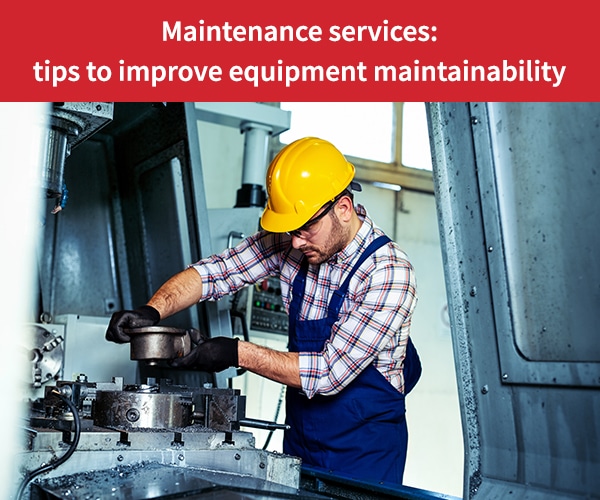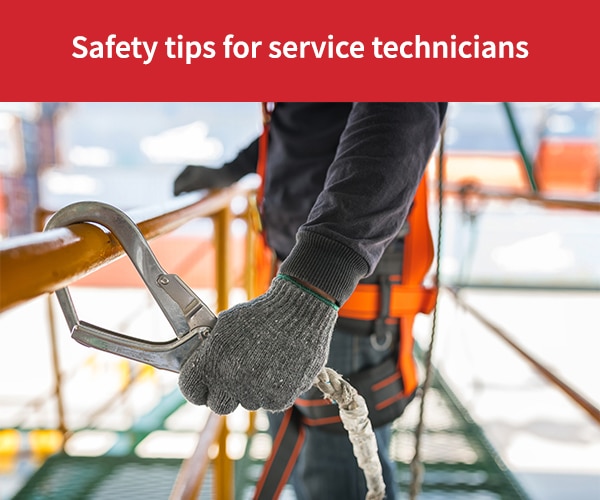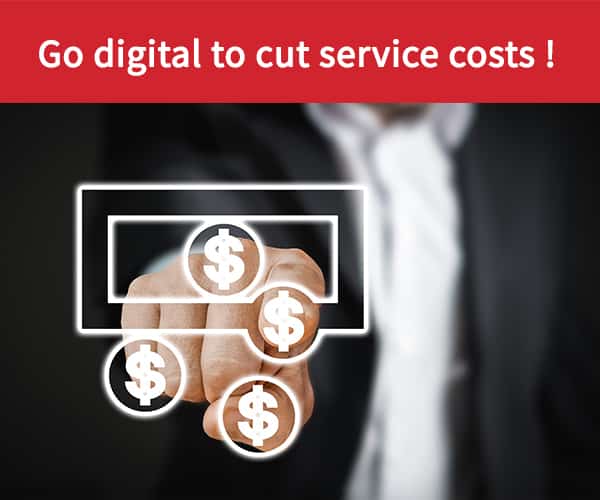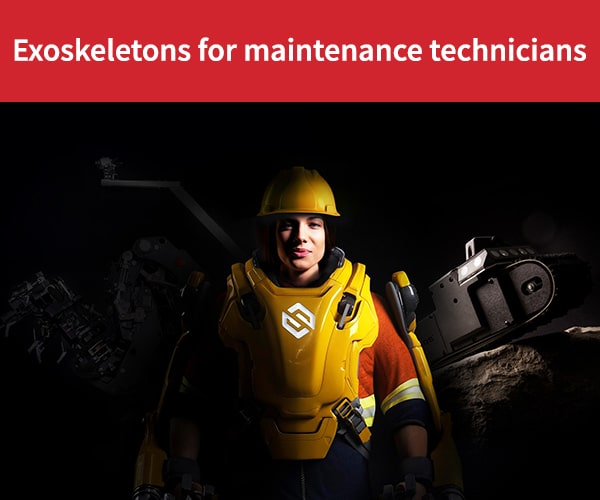
- Maintenance
- Optimization
- Productivity
- Productivité
- Technologies
- Work orders
How to optimise equipment maintainability
Maintainability or “maintenance by design” takes the requirements of maintenance technicians into account when equipment is being designed to ensure the design is optimised to reduce maintenance time and costs. Unfortunately, maintenance requirements are often only considered at the end of the process, after equipment has already been designed and installed. At that point, maintenance teams are brought in to service the equipment, but they had no opportunity to provide input into maintenance requirements. The problem is that equipment designers often think they understand the constraints and requirements of the people who will operate and maintain the equipment and don’t bother getting their input. But, they’re wrong. The maintainability concept reverses the order things happen and allows maintenance teams to provide their thoughts on various design choices. For example, can maintenance technicians easily access a subsystem, disassemble it, and put it back together again? By definition, maintainability is the ability to service equipment, in a given time period, at a lower cost and under specified conditions. When maintenance is complete, the equipment must be as reliable as it was when it was first installed. The AFNOR X 60-500 standard that was cancelled this summer referred to the ability of an entity to be maintained or re-established, in a given period of time, in a state in which it can perform a required function, when maintenance is performed under given conditions, with prescribed procedures and means.
User experience extends to maintenance technicians
The principle of “maintenance by design” is a bit like the concept of “privacy by design” in the European General Data Protection Regulation (GDPR) and the concept of “security by design”, which considers potential system vulnerabilities from the moment the system is conceived. Product design must consider the user experience (UX) by providing an ergonomic user interface that’s intuitive and flows logically. Maintenance technicians also need a user-friendly experience when executing their tasks. At a time when the virtuous principles of sustainable development are overtaking the idea of planned obsolescence, anything that can be done to extend equipment life contributes to the user experience.
Maintenance is costly
Economics are also part of the picture. Anytime optimising maintenance reduces the time and cost to service equipment, it’s a good thing. This is particularly true in industries where shutting down a production line results in lost time, lost revenue, and lost credibility with customers. In aeronautics, maintenance is the biggest expense after fuel. According to a study by the International Air Transport Association (IATA), the average cost of maintenance for an airline is about $1070.00 per flight hour.
Maintainability affects all aspects of a system
Maintainability starts by choosing robust, reliable and durable system components. Other factors to consider include how easy it is to access wear parts and whether there’s a standardised and reliable way to obtain spare parts. Maintainability can also include the idea of equipment operating below its peak capabilities in a degraded mode of operation. Documentation, including technical drawings and user manuals are also essential. Ideally, these should be written when the equipment is being designed and the project team is fully engaged. Otherwise, there’s a risk they will be sloppily written at the last minute. Similarly, preventive maintenance operations should be formalised in maintenance manuals to ensure this information is captured. The information must include how often maintenance tasks should be performed, by whom, and in what way.
Virtual reality enhances maintenance by design
Digital simulation is another good way to facilitate maintenance by design, especially technologies such as virtual reality and augmented reality. When immersed in these virtual worlds, maintenance technicians can explore every aspect of life-size prototypes in a much better way than if they’re just looking at a computer screen, even if that screen is showing a 3D image. Once the product is available, these new immersive technologies can be used to help train maintenance technicians, which also helps with maintainability. Technicians can wear a virtual reality helmet to practice maintenance tasks as many times as needed with no fear of making mistakes. This practice allows them to be fully operational the first time they service equipment in the real world. Virtual reality can also be used to simulate uncommon events, such as a fire, a power failure, and particular weather conditions such as darkness, rain, snowstorms or fog. No manual or trainer can prepare a technician for these types of events.
The Internet of Things provides feedback
The Internet of Things also plays a key role in maintainability. When a manufacturer includes sensors on its equipment, it knows exactly how customers are using the equipment without waiting for them to complain or return the equipment. This feedback loop allows manufacturers to prepare their maintenance teams for predictable breakdowns and to make the required improvements in the next version of the equipment.
Measuring progress is essential
Along with putting all the right pieces in place to improve maintainability, it’s also important to measure progress by analysing reliability levels. Reliability, Availability Maintainability, Security (RAMS) is based on a number of key indicators, including Mean Time To Repair (MTTR) and Mean Time Between Failures (MTBF) The concepts associated with RAMS are interdependent. A manufacturer that’s trying to improve equipment maintainability may have to choose between compromising its reliability or making it less secure. For example, a manufacturer might choose a modular design that facilitates maintenance with easily replaceable components, at the risk of weakening the overall assembly. By analysing Total Cost of Ownership (TCO), which encompasses the entire lifecycle of equipment, manufacturers can find the ideal compromises between reliability and maintainability.
Our similar articles.
-
- Maintenance
- Technician
- Security
- Technicien
- Work orders
- Mobile app
Ensuring the safety of maintenance technicians
November 25, 2020 -
- Software
- Productivity
- Optimization
- Logiciel
- Productivité
- Software
Go digital to cut service costs
February 15, 2018 -
- Maintenance
- Technician
- Safety
- Technicien
Maintenance: how exoskeletons reduce workplace strain
November 19, 2020


